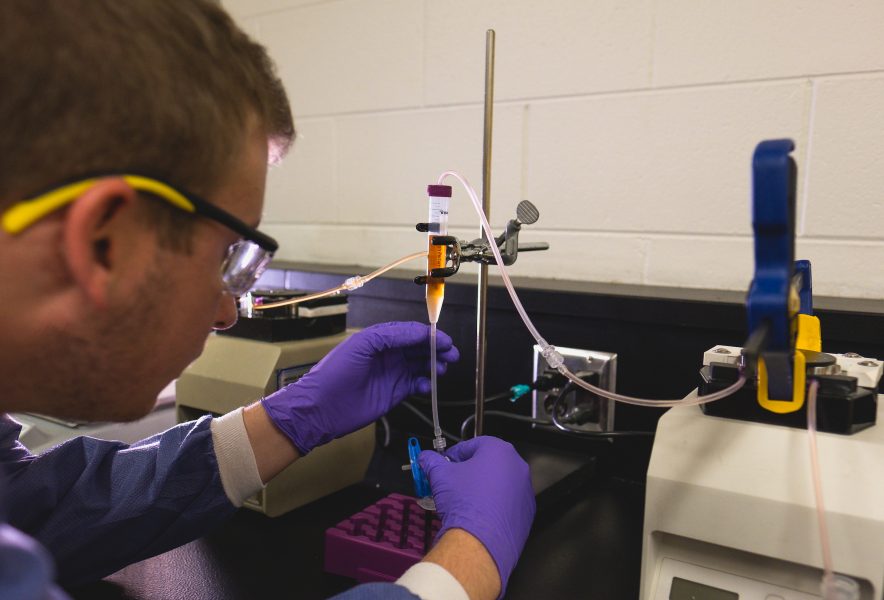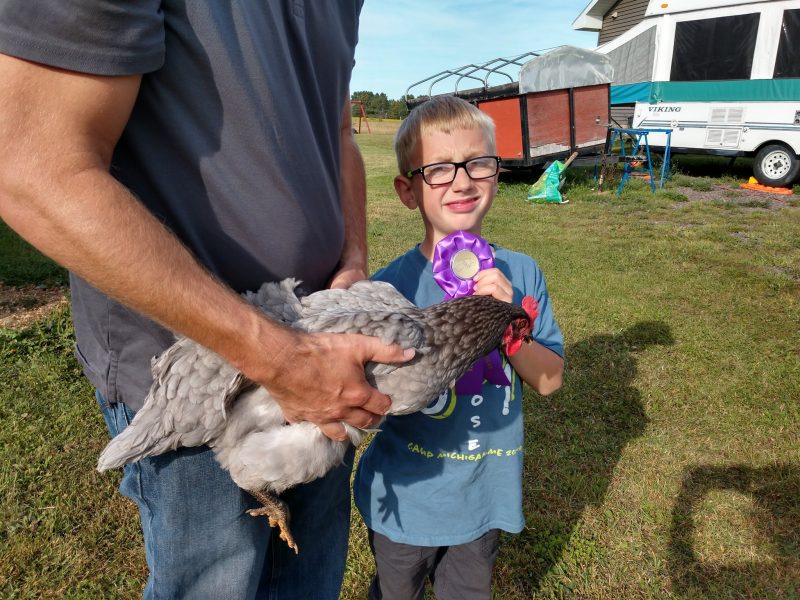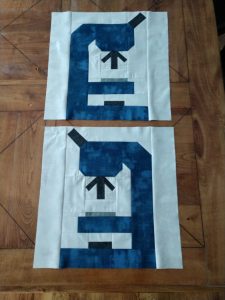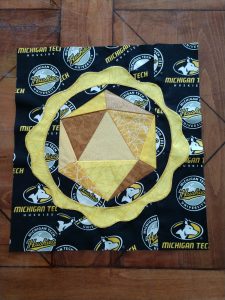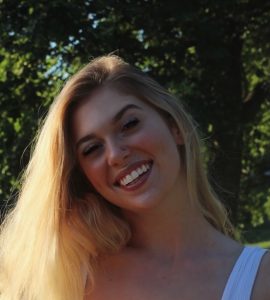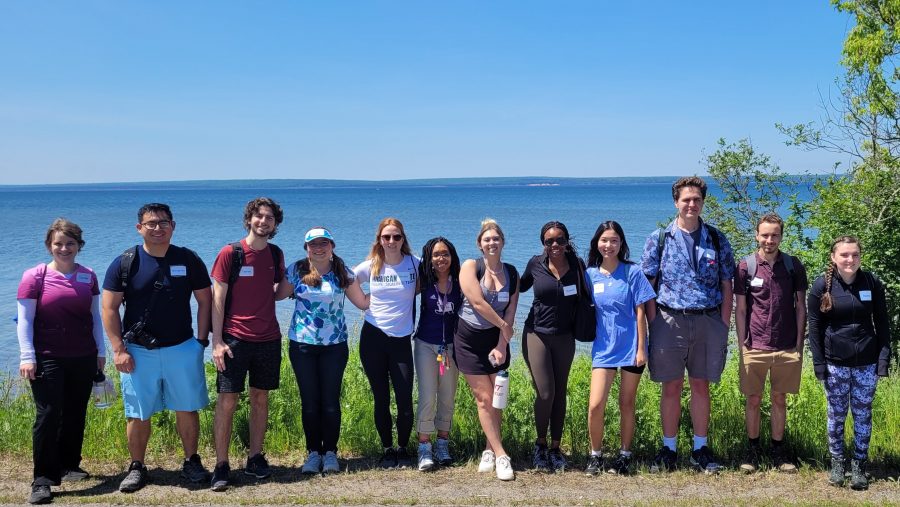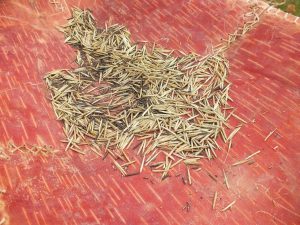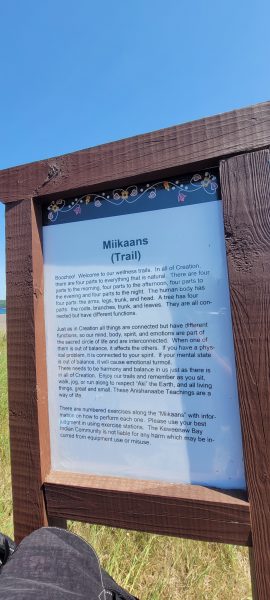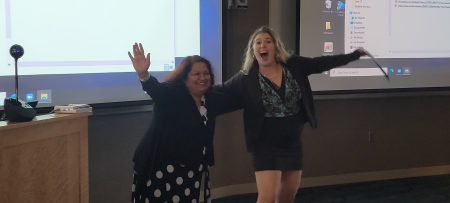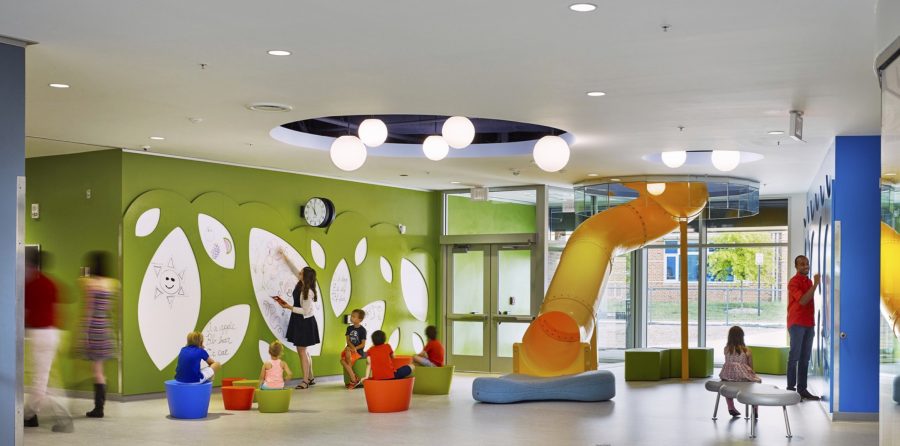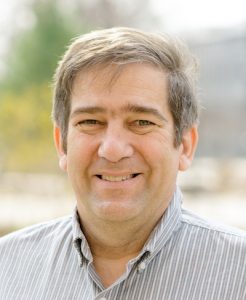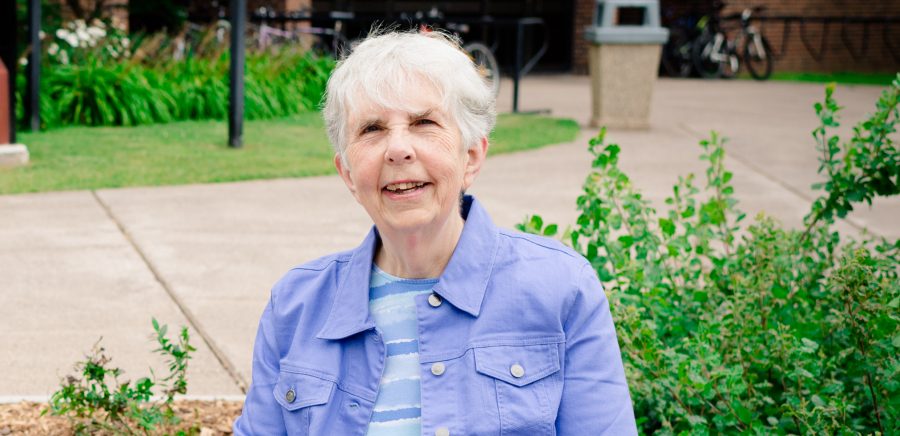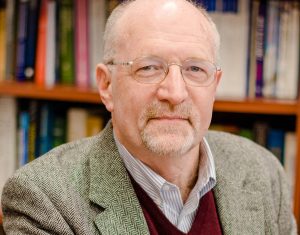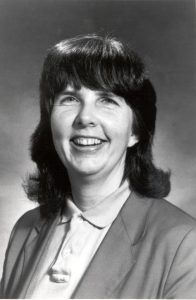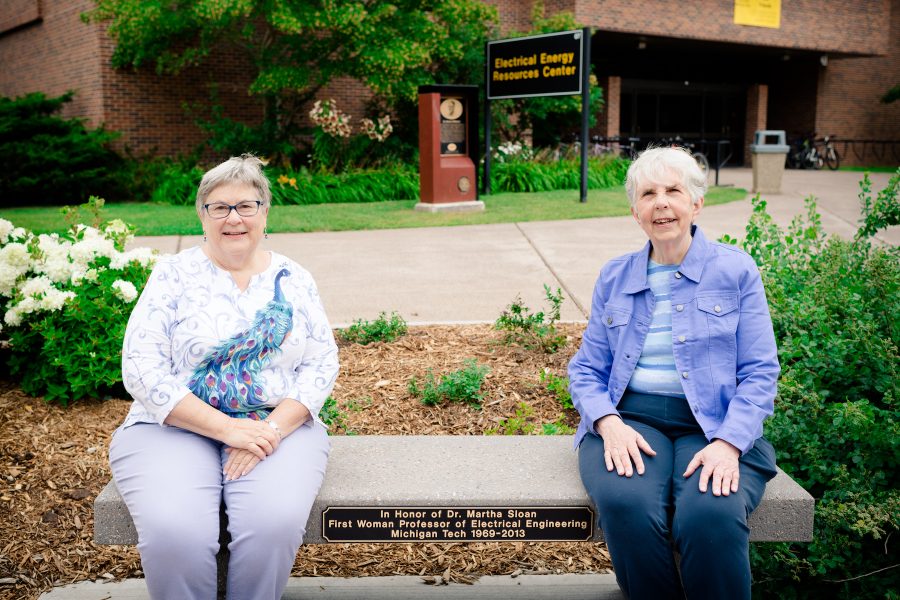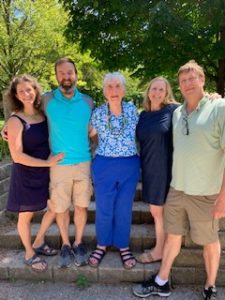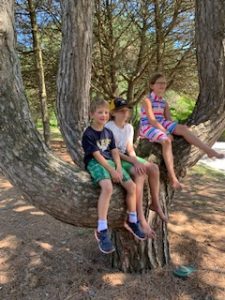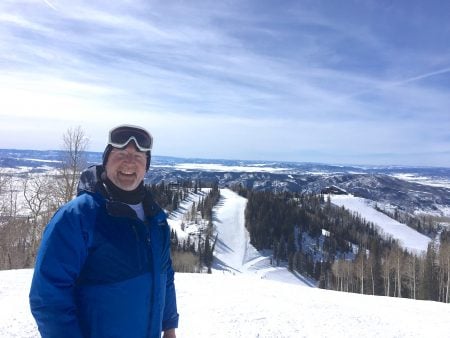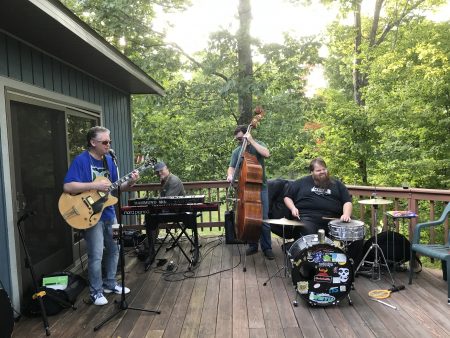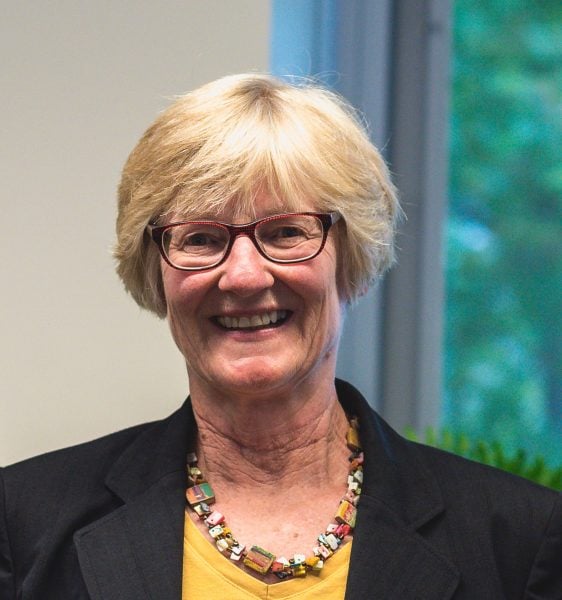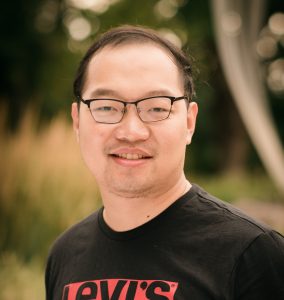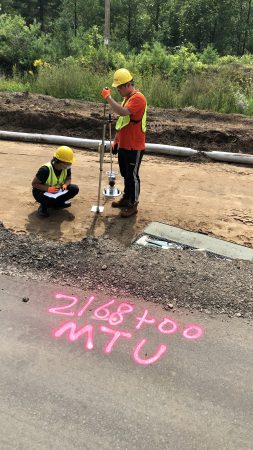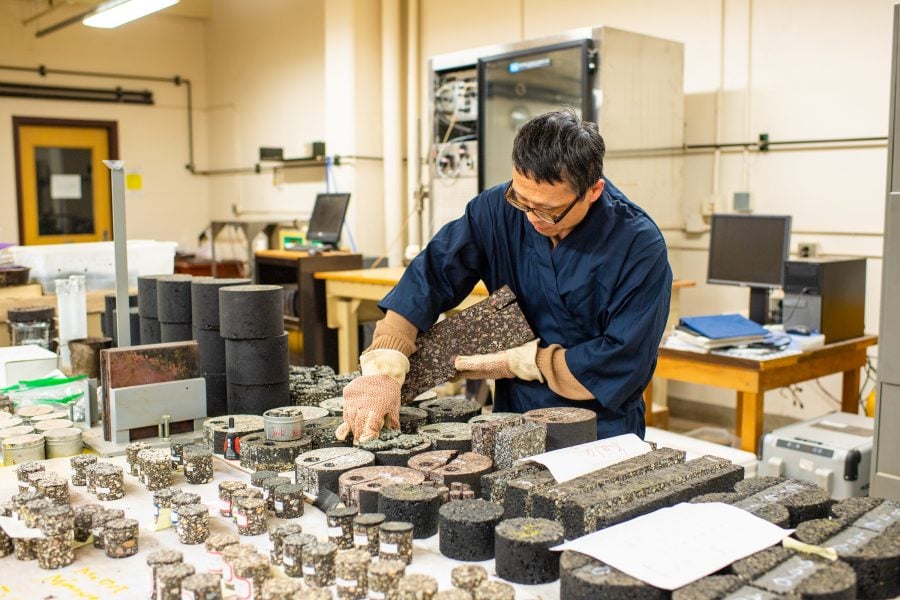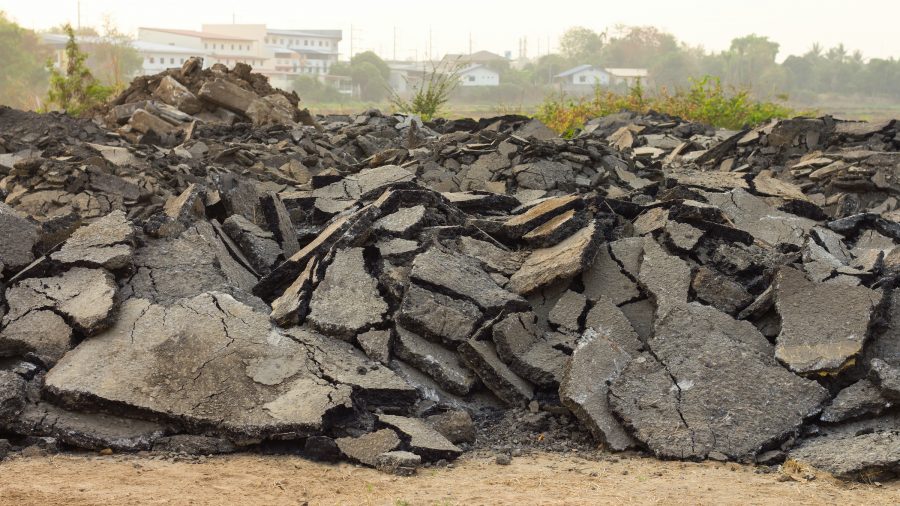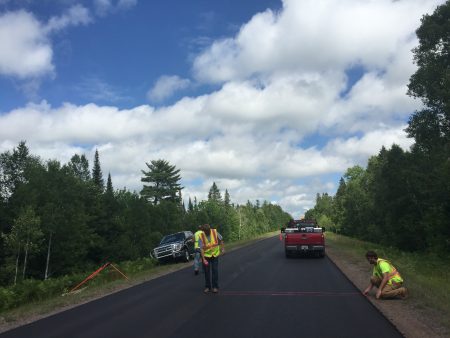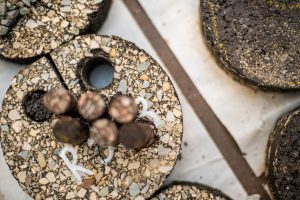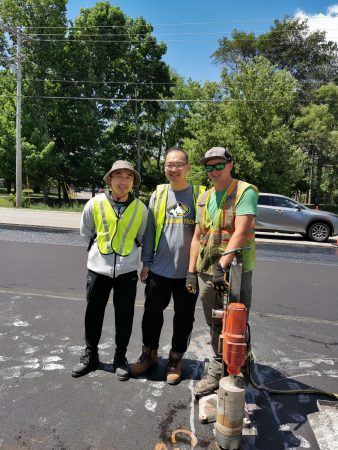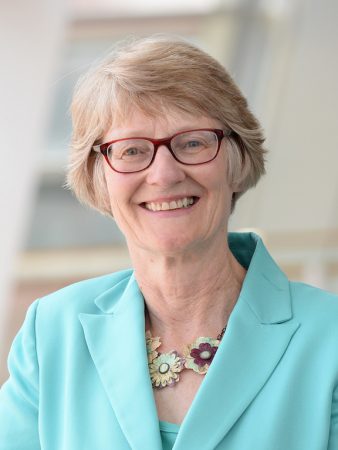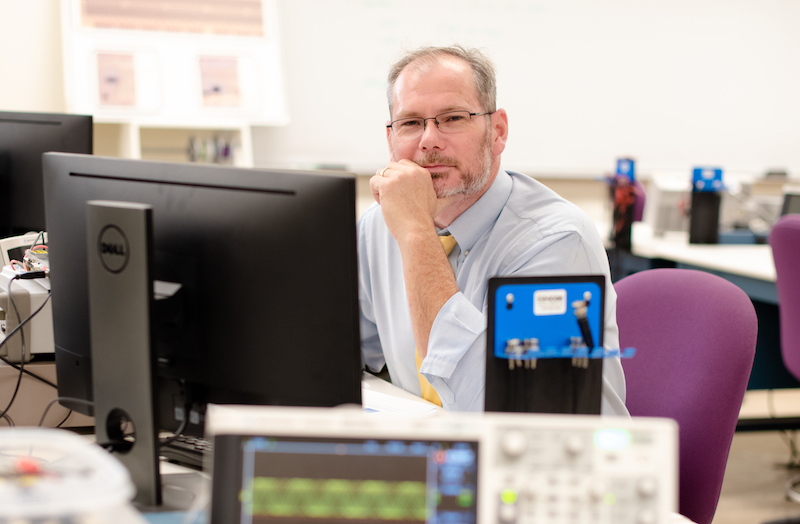
College of Engineering Dean Janet Callahan has selected Christopher Middlebrook, professor in the Department of Electrical and Computer Engineering (ECE), as our ninth Dean’s Teaching Showcase member of spring 2022.
Middlebrook will be recognized at an end-of-term event with other showcase members, and is also a candidate for the CTL Instructional Award Series.
Middlebrook was selected for growing his work with printed circuit board (PCB) design into something extraordinary. He recognized a training need for electronic design engineers and put all the pieces in place to address a national security problem and offer employment opportunities for Michigan Tech students.
Like most great things, it started small. Middlebrook had an idea that if students like building electronic circuits, they might enjoy designing the printed circuit boards as well. His involvement with the Institute for Printed Circuits (IPC), a trade association founded to standardize assembly and production of electronic equipment, led to an IPC student chapter being formed in ECE. He gathered free materials and used equipment from local and national suppliers and launched an undergraduate course in PCB design. It was a huge hit. Local PCB manufacturer Calumet Electronics Corporation worked closely with him to offer the students an in-depth view of the design process from schematic capture to tested and accepted final product. Calumet Electronics Director of Engineering Services Rob Cooke describes Middlebrook as a “key strategic partner.” Cooke says: “Chris continually pushes to get feedback from our company about what students need to learn to be successful. He believes, as do we, that being able to see, touch and work with materials and processes is a key to being able to design and build.”
The industry connection did not stop there. Plexus Corporation, a dominant force in the electronics manufacturing industry, has a strong interest in the strength of the electronic system design education. Christina Jufliak, Michigan Tech alumna and a manager at Plexus, learned of Middlebrook’s efforts through the department’s External Advisory Committee. She saw a benefit to both her employer and the University. In her words: “As a Michigan Tech student, I saw firsthand the school’s efforts to provide relevant and hands-on experiences for students to prepare them for their careers.”
Middlebrook worked with Jufliak, the Michigan Tech Office of Advancement and the Plexus Corporation Charitable Foundation to secure $150,000 to create the Plexus Innovation Center on the sixth floor of the Electrical Energy Resources Center (EERC). Jufliak summarizes: “I am very excited that the Plexus Innovation Lab will continue supporting these efforts, preparing students to take on internships and full-time positions within their respective fields.”
This professional-grade makerspace has become a lighthouse for the design, fabrication and testing of electronic systems for researchers, Senior Design and Enterprise projects across the campus. Dean Callahan comments: “Middlebrook’s educational leadership has made a difference to what students are able to design and build, right here in the EERC.”




